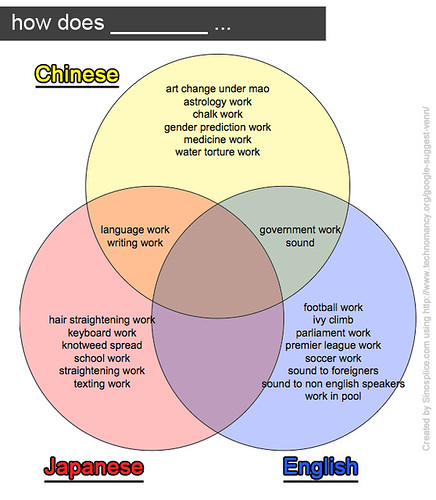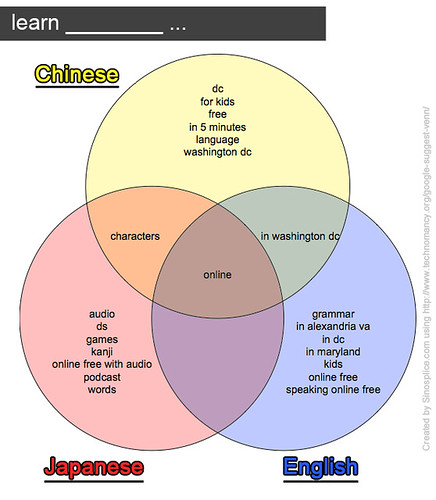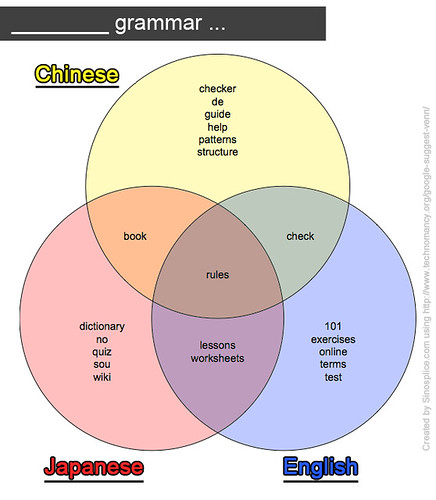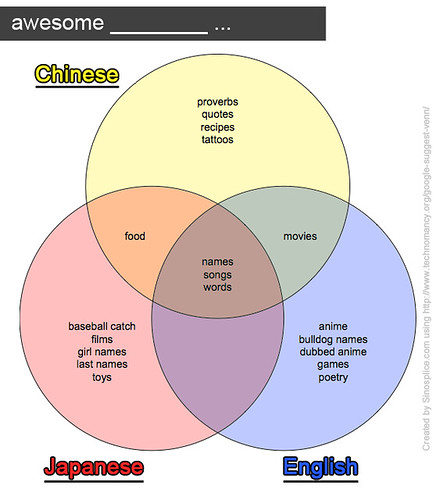China is known to be a nation of heavy smokers. But you will be taken by surprise when you see this exchange in a beef noodle restaurant in the Cloud Nine (龙之梦) mall by Shanghai’s Zhongshan Park:
Customer: 服务员,烟灰缸! [Waitress, (bring an) ashtray!]Waitress: 这里不可以吸烟。 [You can't smoke here.]Customer: 有吸烟区吗? [Is there a smoking section?]Waitress: 没有。 [No.]Customer: [grumble, grumble]
In case you’re not familiar with China, let me tell you what’s surprising.
- The guy asked for an ash tray rather than just lighting up.
- The guy (and the other two men with him) accepted the restaurant’s no smoking policy
I guess I just like to celebrate the tiny little signs of social progress I see around me :D
You will also be noticed a sharp divide between the coffee shops in Shanghai. If you accept that the major chains here are Starbucks (星巴克), Coffee Bean (香啡缤), and UBC (上岛咖啡), they fall on a smoking/no-smoking continuum like so:
 |
Costa Coffee aligns with Starbucks, and, at least in some locations, Cittá has recently joined the “glassed-in smoking section” faction, joining Coffee Bean.
You can see how smoking policies align with these companies’ target markets. UBC, with its dedication to universal smokers’ rights, frequently reeks of smoke, and has quite a few middle-aged Chinese men in there talking business (or something). Starbucks, on the other hand, is full of trendy young Shanghainese, and usually at least a couple foreigners. The interesting thing is that Coffee Bean and its ilk seem to have basically the same types of customers as Starbucks, and you rarely see middle-aged people there, even if they can smoke there. Most of the smokers at Coffee Bean and Cittá are young.
What does all this mean? Well, I’m just hoping that there will be less smoking in China’s future. Maybe UBC will even start to reek less!













